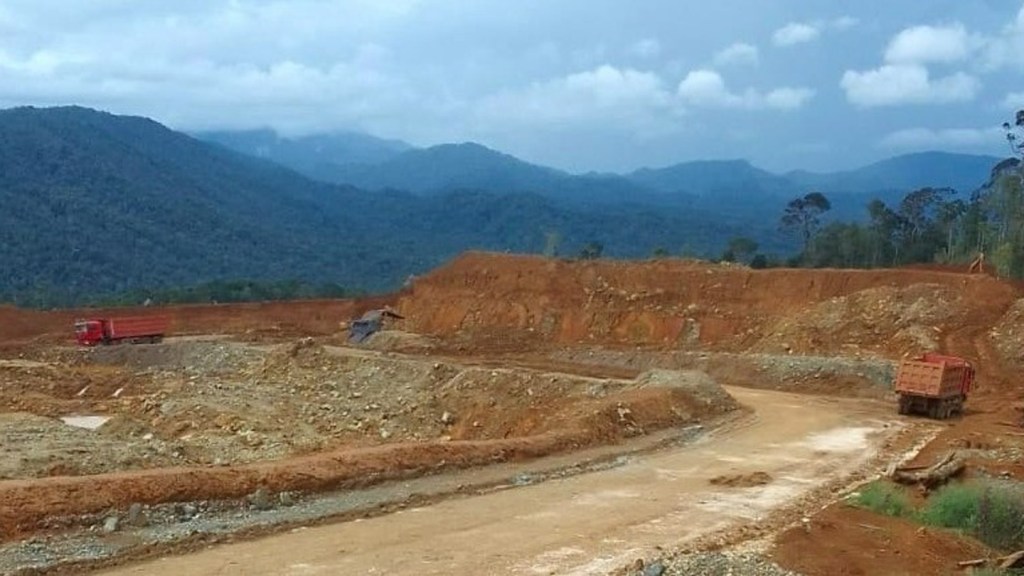HAVANA — The Cuban protest movement that sprang to life last summer is under siege. A national demonstration planned for Monday failed to mobilize when security forces blocked the homes of the island’s leading dissidents, independent journalists, and artists—part of the ongoing repression intended to secure the government’s control.
By Wednesday, the 39-year-old artist and activist Yunior García Aguilera had fled to Spain and other organizers, including the art historian Carolina Barrero, were still detained as the government tightened its crackdown on independent voices.
Videos by VICE
The anti-government surge that swept the island on July 11 surprised even its supporters. An angry crowd of Cubans formed in the town of San Antonio de los Baños to demand more food and medication and an end to power cuts. Cubans shared their protests on Facebook Live, and within hours the demonstrations had spread to over 50 cities across the island. It turned into the largest expression of opposition to the Communist government since the beginning of Fidel Castro’s revolution in 1959.
“July 11 marked a before and after in Cuba’s history,” said Claudia Genlui, a co-founder of the San Isidro Movement, a collective of artists and intellectuals that has grown into one of the island’s most powerful resistance movements. “Never had such spontaneity been seen.”
Following the protest, the government responded violently, rounding up and jailing almost 1,000 protesters. Among them was Genlui’s boyfriend, Luis Manuel Otero Alcántara, an artist who’s a leading voice of the collective. He was arrested on his way to join the protests in Havana on July 11 and is still in prison. More than 500 protesters remain either in jail or under house arrest, according to the Cuban human rights group Cubalex, the largest number of political prisoners in the last two decades.
The crackdown on dissent reaches beyond the island’s prominent intellectuals. Gabriela Zequeira Hernández, 17, was detained and strip-searched when she joined the protests, and then sentenced to eight months of house arrest, allowed out only to attend school.
“I felt humiliated and worthless,” she said, describing how one of her captors forced to perform squats naked.
While the Cuban government’s economic mismanagement is mostly to blame for Cubans’ desperation in the face of empty shelves and the lack of medicine, problems that were exacerbated when the COVID-19 pandemic cut off vital tourist income, U.S. foreign policy has also played an important role. The decades-long U.S. trade embargo cuts off access to imports and financing. President Barack Obama began to loosen some U.S. restrictions on Cuba, but Donald Trump reversed course, enforcing yet another layer of punishing sanctions that cut off vital lifelines to Cubans. President Joe Biden has largely kept those restrictions in place.
Among the Trump administration’s toughest measures was one that forced Western Union to shut down its 400 kiosks across the country, choking off the main route for the estimated $1.5 billion that relatives overseas send to the island every year.
For now, the government appears to be digging in. Dissidents are counting on two things that are out of its reach. Access to the internet is allowing millions of Cubans to bypass the government and spread their messages online, creating viral hashtags like #SOSCUBA and #15N that focus attention on the government’s repression.
At the same time, the Communist Party seems to be losing the ideological battle before a population that has grown up under the Cuban Revolution. As the cry of “Viva la Revolución” blared from a television, teenager Zequeira shrugged her shoulders. “That doesn’t even exist,” she said.






